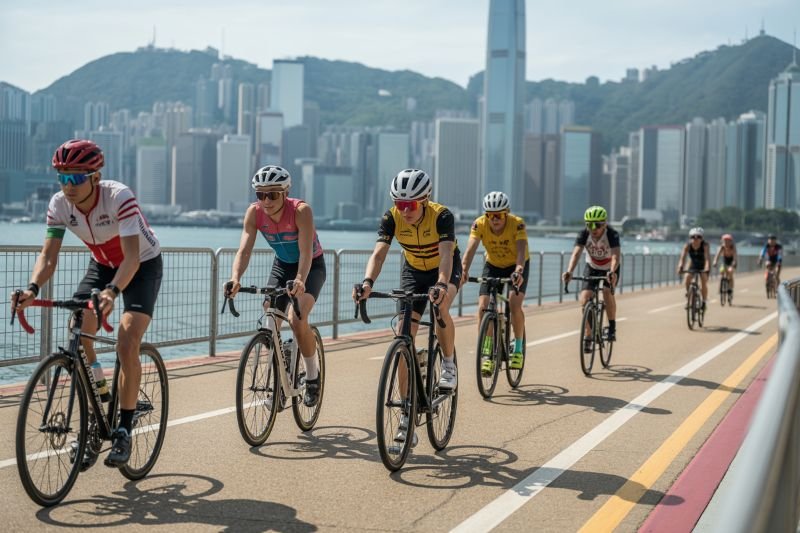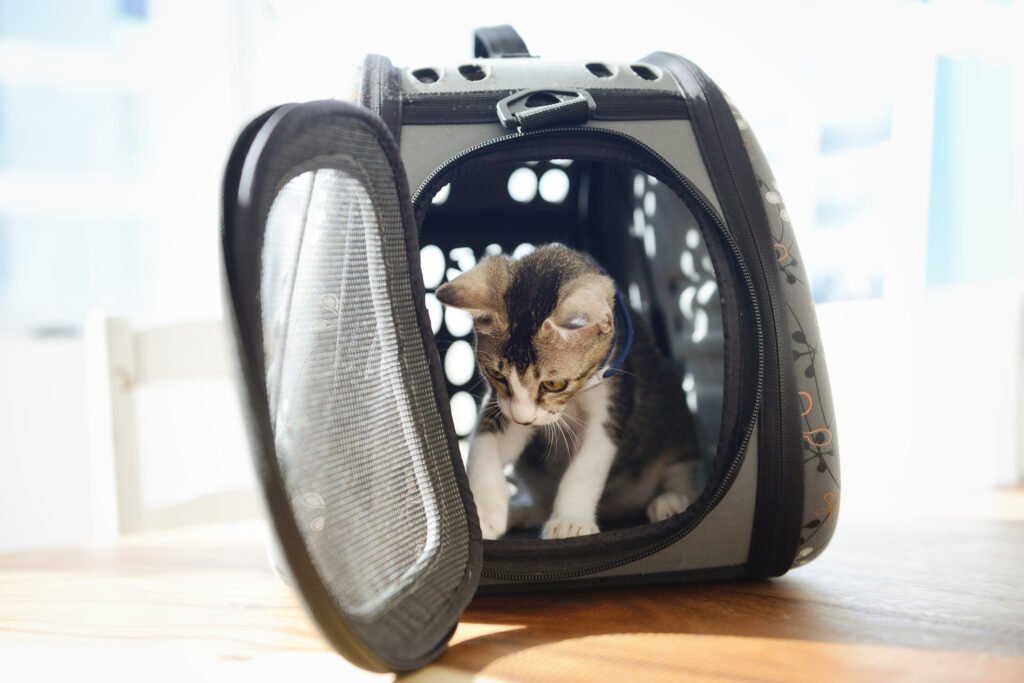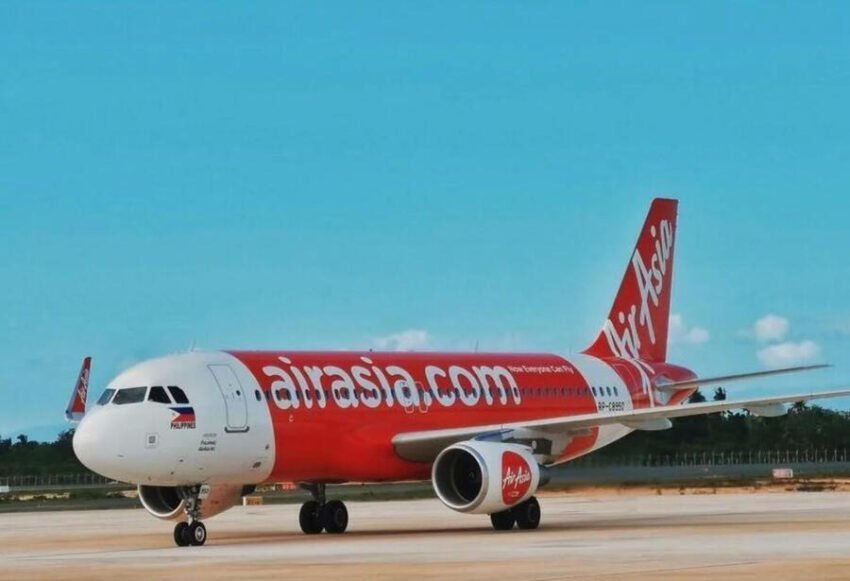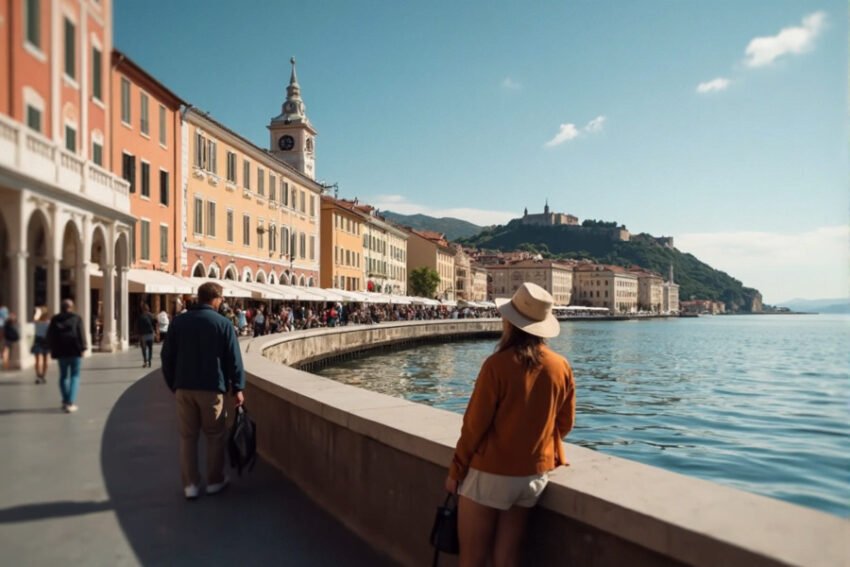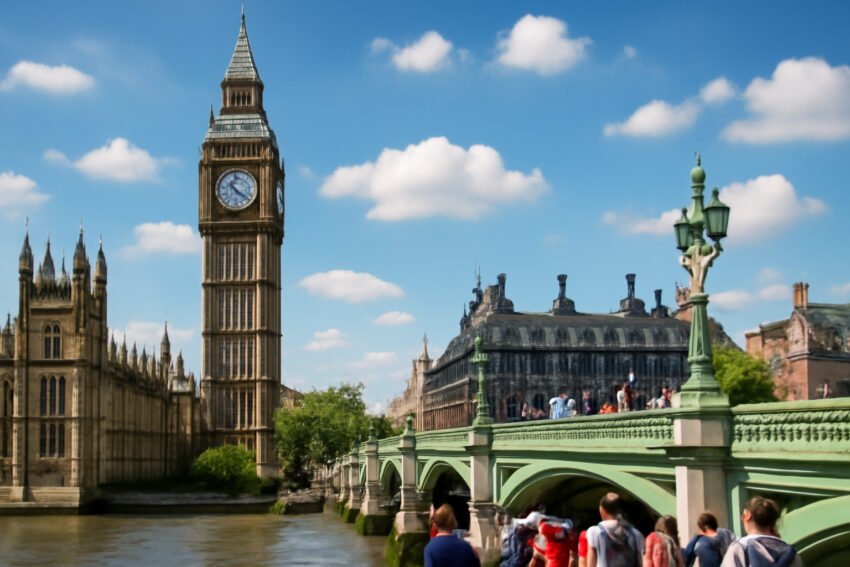More than 1.4 million mainland Chinese passenger trips were made to Hong Kong during the National Day “golden week” holiday, official data has shown, but the number still fell short of the city government’s expectations of nearly reaching pre-pandemic levels of 1.52 million.
While Hong Kong retailers and caterers reported business growth of up to 20 per cent year on year during the break, a sector representative said on Thursday that tourists’ spending power had remained weak.
According to the latest figures from the Immigration Department, the number of inbound trips made by mainland visitors during the eight-day break, which coincided with the Mid-Autumn Festival this year, marked a 15 per cent increase from the seven-day National Day holiday last year.
The number of inbound mainland passenger trips for the entire holiday this year stood at more than 1.4 million, including those who joined the 1,300 mainland tours to the city, while the figure for the first seven days was about 1.29 million and represented a 6.4 per cent increase from last year’s seven-day break.
But the larger figure still failed to meet the department’s earlier estimate of 1.5 million for the entire holiday, a forecast close to the 1.52 million recorded in 2018.
Annie Tse Yau On-yee, chairwoman of the Hong Kong Retail Management Association, described the retail sector’s performance as “stable” during the holiday, thanks to local and tourist consumption.
“We have contributions from tourists, but the local market also has a fair contribution too. Many of our members say the local market provided the most help to their businesses,” she told a radio show.
“But there isn’t a huge improvement in tourists’ spending power. They come to Hong Kong for in-depth visits and probably do some shopping on the side.
“Since the border reopened after the pandemic, visitors have changed their travel patterns, and we continue to observe weak spending power.”
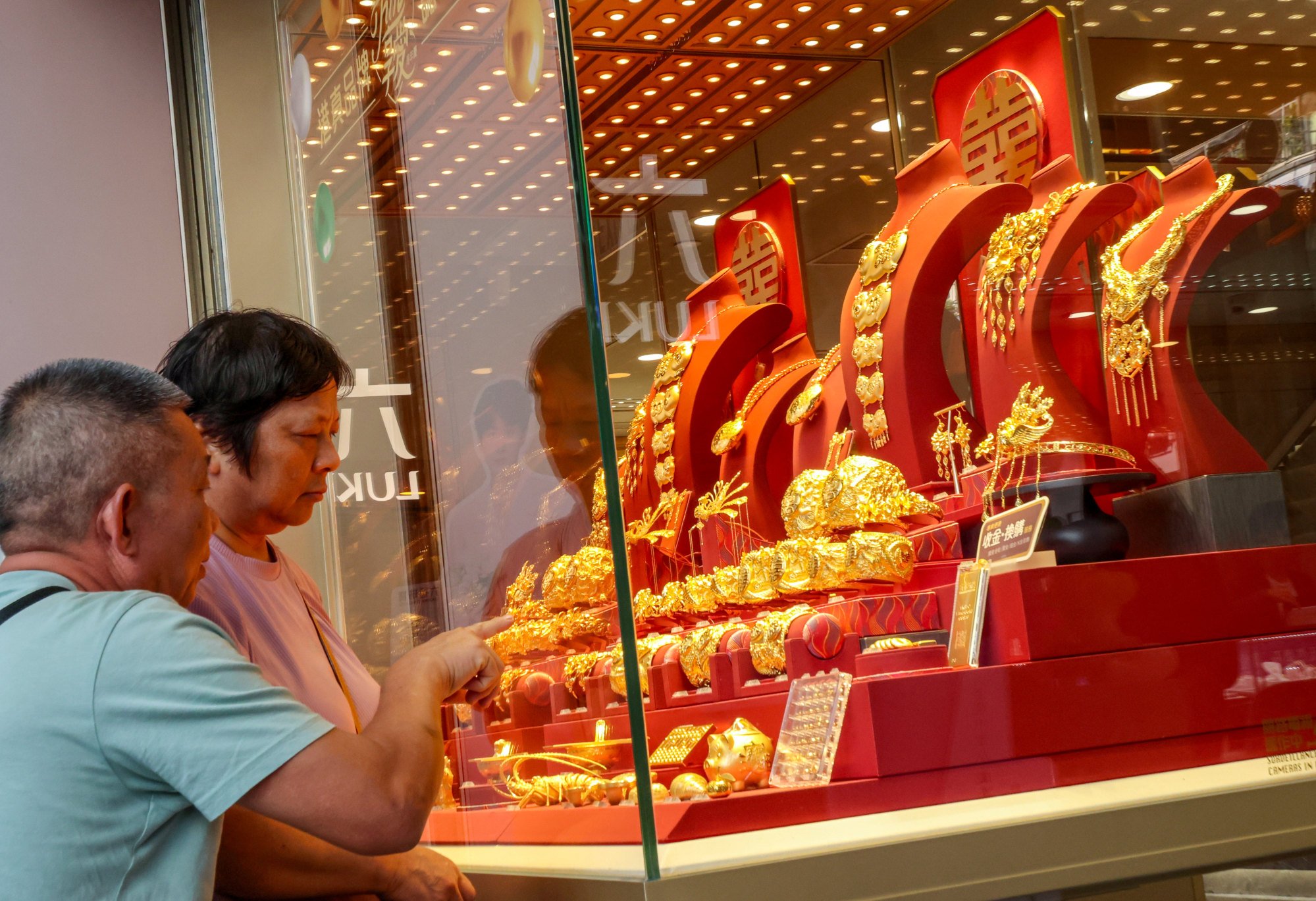
She noted that retail sales of gold registered close to double-digit growth amid a rise in the price of the precious metal, while cosmetics sales recorded double-digit growth.
Electronics retailers also saw an improvement in business, possibly driven by the recent release of new smartphone models, she added.
Tse said convenience stores recorded single-digit growth due to an increase in pedestrian traffic, adding that some supermarkets had benefited from sales due to the Mid-Autumn Festival celebrations.
But she noted that some shops, such as those selling apparel and furniture, experienced mediocre or poor sales.
Speaking on the same radio show, tourism sector lawmaker Perry Yiu Pak-leung said there was a significant increase in tourist and tour group arrivals compared with last year, adding that 60 per cent of the travellers joining group tours stayed overnight.
He also noted that overseas tourist arrivals grew by more than 20 per cent compared with last year, thanks to the Mid-Autumn festivities, such as the city’s annual fire dragon dance in places such as Tai Hang and Pok Fu Lam.
The general occupancy rate of hotels reached over 90 per cent and yielded an income growth of more than 10 per cent, Yiu said.
The number of overseas visitors also saw robust growth, reaching 210,209 – a 27 per cent increase from last year.
He added that the sector hoped to attract more overnight tourists in the future, especially mainlanders living in inland areas.
“Our unique culture and coastal environment are attractive to them. The matter is about how to show our attractions established in the past few years to them,” he said.
“If Hong Kong can step up promotion in key cities alongside the local tourism sector, as well as collaborate closely with the mainland tourism industry, I believe it will help increase overnight tourists in Hong Kong.”
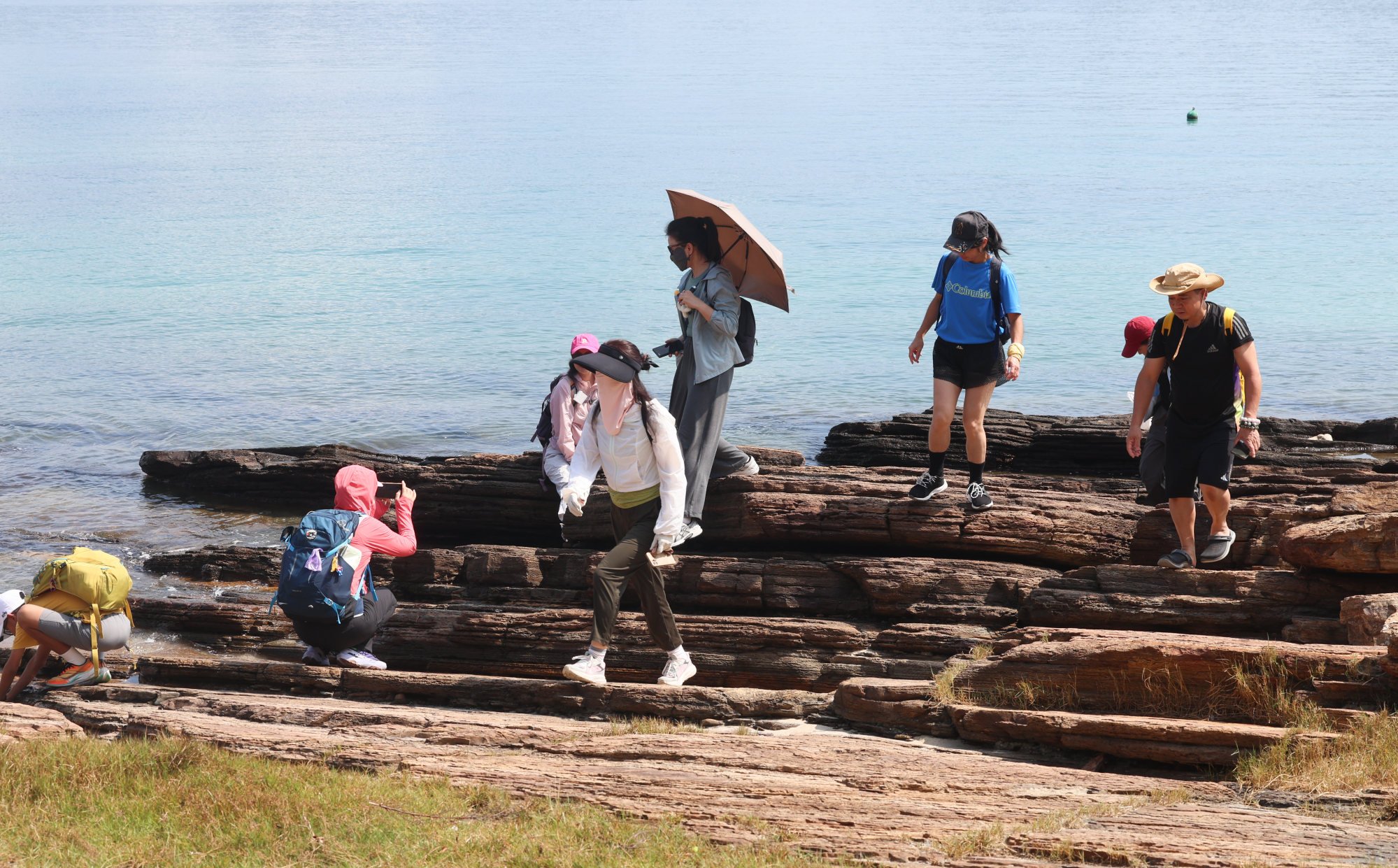
Yiu noted the popularity of the city’s outlying islands as sightseeing locations and the related environmental concerns, and said facilities could be improved, such as by adding more signs and increasing promotional efforts, to educate visitors and residents.
Concerns about overtourism at Sharp Island in Sai Kung, part of the city’s Unesco Global Geopark, surfaced soon after the golden week holiday started.
Greenpeace published a report saying it had observed huge amounts of rubbish on the beach and had also seen some tourists trampling on corals while snorkelling and digging up marine organisms.
The development prompted the government, including officers from the Agriculture, Fisheries and Conservation Department, the Marine Department and the police force, to step up patrols in the area for the rest of the holiday.
The government said on Thursday night that it would review experiences from the National Day golden week break to enhance various aspects and explore further measures for strengthening ecological conservation.
Timothy Chui Ting-pong, executive director of the Hong Kong Tourism Association, said the number of mainland visitors this year had already met the government’s expectations, given that the No 3 typhoon signal on Saturday had deterred some tourists.
He also noted that more than 120,000 mainland tourists had already flocked to the city on September 30, the day before National Day.
“For us, the biggest takeaway is that tourists all had an enjoyable experience during this golden week in Hong Kong, and they were all impressed by the improvement in local service,” Chui said. “This is most important.”
The government said the National Day fireworks display on October 1 attracted more than 340,000 spectators, while the Tai Hang fire dragon dance drew in 100,000 people.
It added that 380,000 people had flocked to Victoria Park for the eight-day Mid-Autumn Lantern Carnival.
About 12,100 people visited the High Island Reservoir East Dam over the break, authorities said. – SOUTH CHINA MORNING POST

